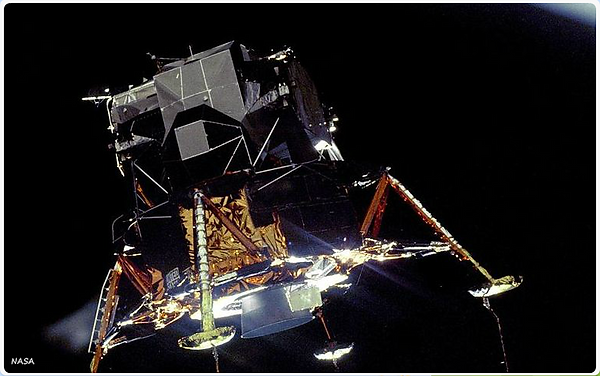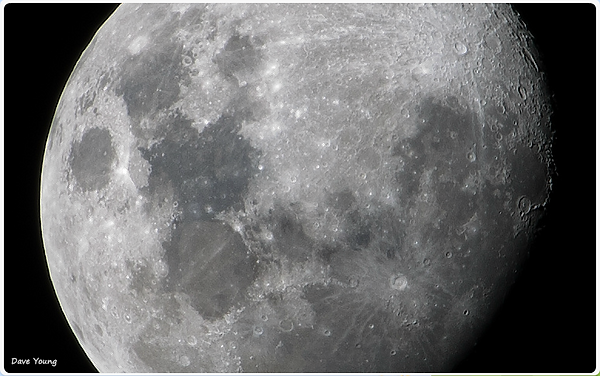
Ch6 - Lander

Landers are machines that can land on a planet or a moon, after they detach from a mother spaceship. Their purpose is to provide information about the neighbouring celestial bodies. Landers can carry people, or complicated research equipment.

The first celestial body explored by man is the Moon. Its exploration begun with sending probes to establish the physical and chemical conditions on the surface.

Soviet Union was a pioneer in the Moon exploration. Fist man-made object sent to the Moon was a soviet probe Luna 2. In 1959, it provided proof of solar wind existence and lack of magnetic field on the Moon.

The entire Luna program involved 24 probes. With time, their equipment improved and their tasks were more difficult. At first, a probe was considered a success, if it reached the surface of the Moon. Later on, it needed to collect test samples with self-propelled vehicles and prepare a photographic documentation of the areas explored.

Despite all the information collected about the Moon, people still yearned to explore it with their own eyes.
Preparations for manned flights to the Moon began with the Surveyor program. It included building 7 unmanned landers to test the so-called “soft landing”. Their other task was to gather data on the lunar surface to test its influence on landing vehicles.
Thanks to the Surveyor program success, the landers were improved and a landing site for manned flights was determined.

The Moon landing was, however, still a difficult and demanding challenge. It required long preparation of both equipment and astronauts. The crew had to practise moving on unknown terrain in Arizona and Iceland (among other places). The crew also had to undergo a special training to prepare for pressure changes.
Another problem was the high cost of manned flights. It's estimated that the cost of one manned flight equals budget sufficient for five research robots.

The most famous manned lander is Apollo 11. On the 20th July 1969, it landed on the Moon with two astronauts onboard: Neil Armstrong and Edwin Aldrin.

During the Apollo 11 landing, the famous words: "That's one small step for [a] man, one giant leap for mankind" were uttered for the first time. The first Moon walk was broadcasted to about 600 million viewers.

Only 12 people were able to walk on the Moon. The manned flights program ended in 1972.
There are plans, however, to explore distant celestial bodies. The first manned flight to Mars is planned for 2025.
Build
To build this construction, you will need LEGO Education WeDo
Explore
This is how the complete lander model looks like.
The lander model is a simulation of a moon landing. In consists of: a tower, a propelled winch and a lander itself.
The first moon landing happenned on July 16th, 1969. The lander looked quite similar to the one you build today.

The model has three electronic elements.
1. The motor and the sensor must be connected to the hub, which powers them and allows you to run the program.
2. The motor propels the winch, which lowers and lifts the lander.
3. When the motion sensor detects the lander, the program steadily decreases the lowering speed.

1. The construction needs a stable base to avoid moving when lifting and lowering the lander moder.
2. Batteries inside the hub are used here for additional ballast.

1. The high tower allows to test the lander better.
The winch motor and the sensor were installed on the tower.
The base of the tower is wider, in order to allow more stability.

1. The lander was moved away from the tower by using this long element.
Inside it, there is a rotating axle, which transfers the drive from the motor and rotates the winch drum.

1. This is the lunar lander. It was inspired by a real-life spacecraft.

On the left, you can see the how the winch drum is propelled. It pulls in the line holding the lander.
1. This axle is propelled by the motor. The large gear propels the smaller one: the ratio of this transmission is 12:20.
2. These two axles connected to one another are moving because of the transmission. At the end, you can see the winch drum.

The winch drum rotates and winds up the line.
1. When the distance sensor detects an object, the program stops the motor.
2 When the motor stops, the drum stops as well and the lander is hanging above the surface.

Program
The program for the lander will allow you to lift and lower the spacecraft by using the jib.
